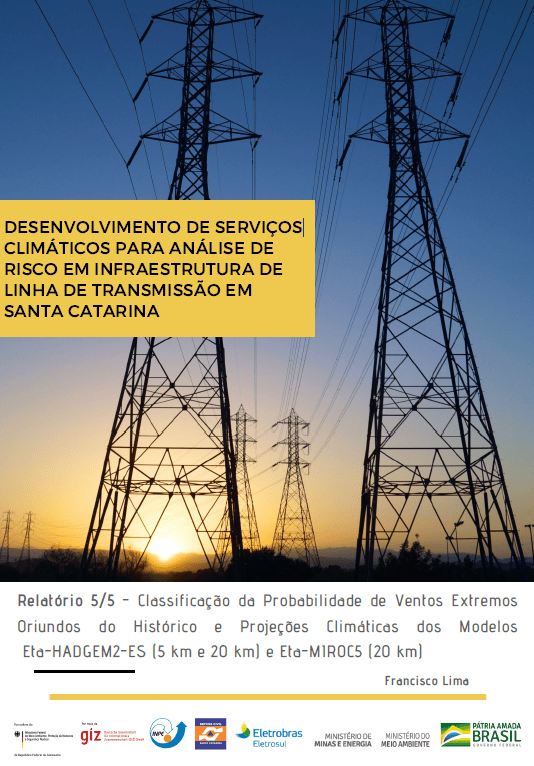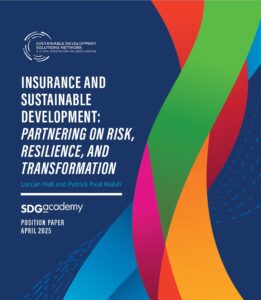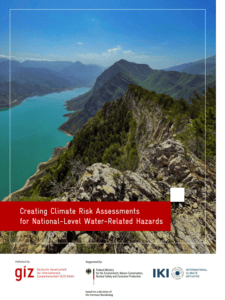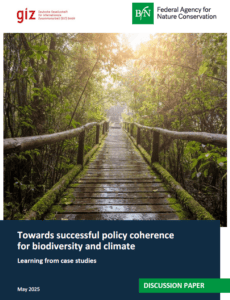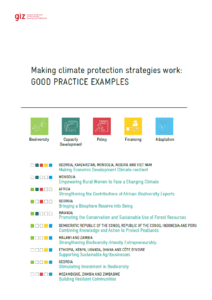According to the National Policy on Climate Change (PNMC), established by law in 2009, adaptation refers to initiatives and measures taken to reduce the vulnerability of natural and human systems to the current and expected effects of climate change. Even with efforts to mitigate greenhouse gas emissions, it is acknowledged that the effects of climate change on the planet will be inevitable, with significant impacts on ecosystems, society, and the economy. In recent years, Brazil has been integrating adaptation into its national climate change agenda by identifying impacts, mapping vulnerabilities, and establishing a natural disaster monitoring and warning system. The country has also established a National Plan for Adaptation to Climate Change (PNA) and included it in its Nationally Determined Contribution (NDC) to the United Nations Framework Convention on Climate Change. Germany is one of Brazil’s main partners in implementing the national adaptation agenda, offering cooperation through the International Climate Initiative. One notable project is the Expansion of Climate Services for Infrastructure Investments (CSI), which aims to increase the use of national climate services in the planning and risk assessment of infrastructure investments.
The transmission lines sector in Santa Catarina, Brazil faces particular challenges related to destruction caused by extreme wind. Extreme wind events can cause various damages to society, such as damage to buildings and infrastructure, and can result in economic losses and risks to public safety. A specific technical standard exists for calculating wind loads on civil structures in Brazil, called NBR 6123, which uses wind speed data at 10 meters above the ground for a 50-year return period as the primary source of information for calculations. The following fivefold report is the result of a study assessing future trends of extreme wind events and their effect on the transmission lines sector in order to aid in adapting the electric infrastructure to future climate.
Report 3/5 – Impacts of Variations and Changes Climate on the extreme wind regime
Report 4/5 – Extreme Wind Analysis From Projections of Regionalized Climate Models (Eta-CPTEC)

